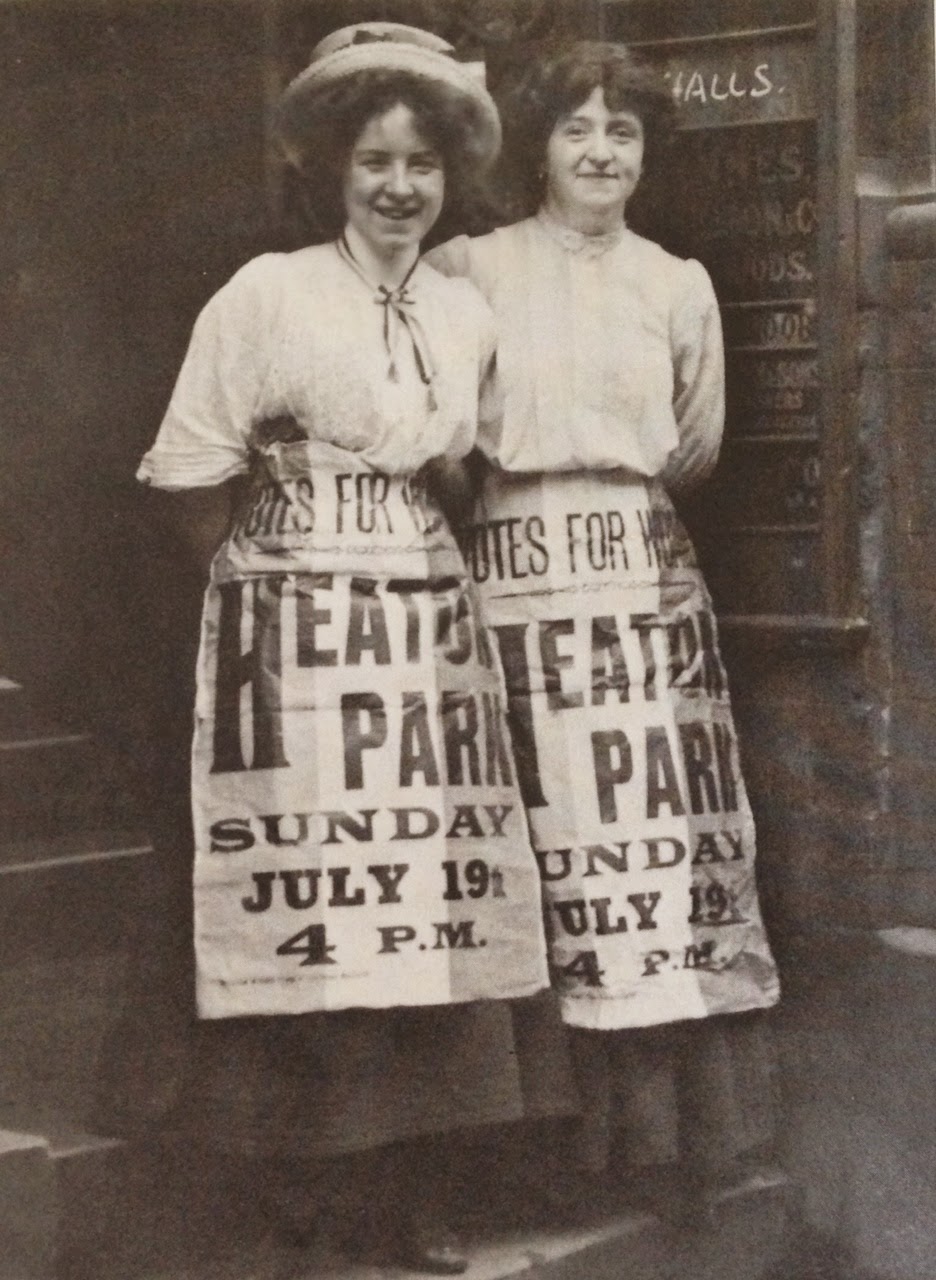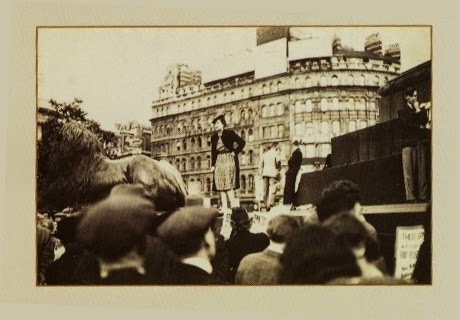Our third Textile Stories study day was devoted to the topic of quilts and quilting. Quilts come in many forms and have a long history; the stories they tell can be obvious or hidden. Textile historians have done much to reveal the fascinating stories hidden in quilts. At the University of Chester many of us have been rather preoccupied by the idea of quilting because the Anniversary Quilt, celebrating the University's 175th anniversary, took shape over the course of the previous year. It seemed fitting that we explore the history of quilts and the stories they tell for our 2015 study day.
We listen to some thought-provoking and informative talks from our speakers; some were experts on quilts, their histories or the art of quilting. Other speakers shared knowledge and experience in restoring and preserving quilts and organising a quilt project involving a group of sewing enthusiasts.
Our first speaker was Christine
Garwood and she talked about ‘Painting With Stitches’:
Christine, an artist, teaches textile art. Her work combines cloth, stitching, colour and texture to evoke the landscapes she loves. Her talk focused on the techniques she used and her own personal journey as an artist inspired by the natural world. She brought examples of her work, from projects she had done as a schoolgirl and work she had done at art school, as well as the 'stitched' paintings she had exhibited as a professional artist. The audience found the diversity of material she used, paint, thread, even plastics, intriguing, and Christine was asked lots of questions about how she used her skills with each project.
Christine
has a B.A. (Hons) in Fine Art /
Textiles, from the University of London, Goldsmith’s College, School of Art and
an Art Teacher’s Certificate from the University of Sussex.
Above are some examples of Christine's work displayed during the day.
Our next talk was given by Jacqui Hyman on ‘Conserving Quilts’
Many of us remembered Jacqui's talk in 2014, when she discussed the exciting discovery of medieval Egyptian clothing hidden away in a Leeds museum, and her research and restoration of these fascinating objects. A textile historian and experienced conservator, Jacqui offered expert advice on caring for quilts. Jacqui emphasised that the quilts made today will be of interest to future generations and that we should think about preserving them, as well as enjoying them now. Her talk ranged from restoring historic textiles in museums to ways of cleaning and storing the quilts handed down within families.
She set up her stall of textile restoration products, and showed people how to use them. She was busy throughout the day, as members of the audience visited her stall and found out more about protecting their lovingly-made quilts for future generations. Jacqui runs the Textile Restoration Studio:
http://www.textilerestoration.co.uk/
Claire
Smith (Researcher for the V&A exhibition, Quilts: 1700-2010) gave a talk called, ‘Quilts 1700-2010: Hidden Histories from the V&A’s Quilt Collection’
Claire was
involved in putting together the major quilt exhibition at the Victoria and
Albert Museum in 2010 and her talk was based on the pleasure of researching a number of fascinating quilts from the eighteenth century to today. She talked about what for her were the highlights of the exhibition, and how the research team set about displaying over 300 years of quilt history. Her talk was well illustrated and we saw the rich history of quilts unfolding, from the beautiful work of well-born ladies in the eighteenth century, to the domestic creation of bedspreads in the nineteenth century, to the stitching of individual stories by prisoners in the contemporary 'prison quilt'. Claire emphasised that each quilt had its own story to tell, and that the challenge for textile historians is to uncover and make sense of each story about each quilt's moment in time.
Pat
Salt's talk, ‘From Quilt to Quilt’, expressed her sense of how one quilt leads to another and that each marked a stage in her creative journey.
Pat Salt has developed courses on
quilting for the City and Guilds qualification and has taught quilting for many
years. She brought along many examples of the beautiful, often intriguing, quilts she had made and she invited
the audience to examine them closely. We felt privileged at being allowed to handle such beautiful objects. Many people spent quite some time examining the fascinating designs and discussing how they were made. Pat’s talk covered a range of
topics, from techniques and sewing strategies to design and the importance of using your imagination.
Here are some examples of Pat's quilts on display:
Fiona Roberts and Liz Johnson, both from the University of Chester, ‘The Story
of the Anniversary Quilt’
Fiona and Liz, on either side of the Anniversary Quilt, gave the final talk. They discussed the pleasures of working with a team of keen quilters, the discussion of ideas, sharing of materials, the problems of design and how they were overcome, and the excitement of seeing the quilt emerge over the course of many months.
Many people attending the study day brought along some of their own quilts and the hall was packed with a colourful display which made the event a visual feast! Here are a few of them:
Our helpers, Katie Baker, Hannah Brady and Grace Woodger are taking a well-earned break:
Here are some comments from participants:
Inspirational,
ideas flowed like running stitches – binding all together. Thank you.
Liz Leech
Such an
inspiring day – full of variety.
Talented artists (textile) with so much to offer. Most enjoyable day – food was great.
Jacqui Hyman
Very
successful day! Every talk interesting
and inspiring. Looking forward to the
next one.
Clare Dudman
Excellent
day. Interesting and inspiring
speakers. Wonderful quilts old and
new. A really well organised day and the
catering was excellent. Very enjoyable
and educational day.
CG Fairclough
Thank you so much for arranging such an enjoyable day and with marvellous speakers, all on a variety of subjects but all on quilting and stitching. I have thoroughly enjoyed my day.
Mandy David
A great day –
really interesting, inspirational talks, great food, lovely company. Please add me to your mailing list for future
events. I enjoyed the mix of academic,
intellectual material and practical hints and tips. Symbolism in textiles would be an interesting
theme – runaway quits from the underground railway and in weavings as in Lady
and the Unicorn by Tracey Chevalier. So
lovely to get up close and personal with real items – particularly in Pat’s talk
and from participants.
Debbie Marais
This has been
an amazing day which fulfilled all my expectations. Every speaker brought a new aspect of the
world of textiles to our attention. One
could not help but be encouraged by their enthusiasm. The day was very well organised – timings,
catering etc. were excellent. Thanks to
you all for organising such an inspiring day.
Hilary Watmough


















































